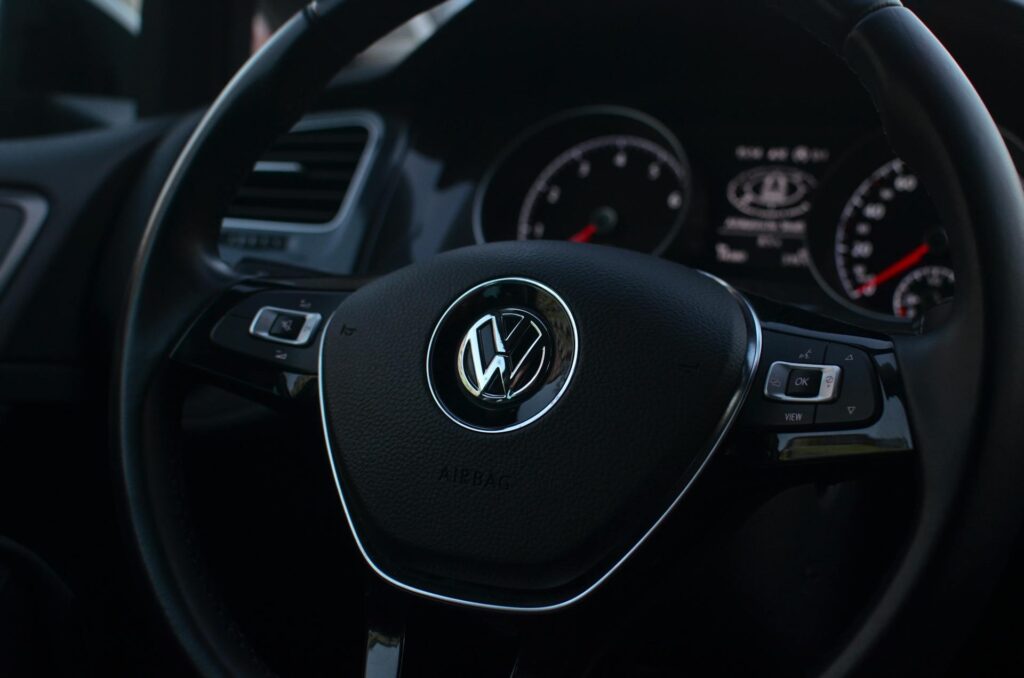
AT vs HT Tyres: Which Ones Truly Suit Kiwi Roads?
If you drive around New Zealand long enough, you’ll hit every sort of road you can imagine—tight city lanes, long sealed roads…

When it comes to choosing a vehicle, one of the most important decisions you’ll face is which drive system best suits your needs: Front-Wheel Drive (FWD), All-Wheel Drive (AWD), or Four-Wheel Drive (4WD). Each system has its own pros and cons, and understanding the differences can help you make the right choice, whether you’re looking for a fuel-efficient ride or preparing for off-road adventures.
We will explain why it’s important to stick to the same tyre patterns for your vehicle and also break down the key differences and benefits between FWD, AWD, and 4WD systems.


For serious off-roading, 4WD is the best choice. It provides superior traction and power, making it ideal for rugged terrain and steep inclines. AWD vehicles can handle light off-roading but lack the specialised gear of 4WD systems.
In snowy or icy conditions, AWD outperforms FWD due to its ability to send power to all four wheels, offering better grip and stability. FWD can handle light snow, but for icy or deep snow conditions, AWD provides greater peace of mind.
FWD vehicles typically have better gas mileage because they’re lighter and require less power. AWD vehicles use more fuel because they need to power all four wheels, which adds extra weight and mechanical complexity.
When driving a FWD, AWD, or 4WD vehicle, it’s essential to use the recommended tyre size and tread pattern. Here’s why:
The decision between FWD, AWD, and 4WD comes down to your driving needs. If you mainly drive on city roads or highways, FWD will give you the best fuel efficiency and cost-effectiveness. If you encounter varying weather conditions, including snow and rain, or venture into light off-roading, AWD is your best bet. And for those who need rugged, off-road performance, 4WD is the way to go.
You can usually find out what drive system your car has (FWD, AWD, or 4WD) by checking the owner’s manual, the vehicle information sticker located in places like the driver’s side door frame, under the hood, or inside the glove box, or by asking your car dealer representative; you can also search online for more information. If your car has selectable drive modes, you can choose between them using a button or dial on the centre console, dashboard, or steering wheel.
At Tyre Shop Online, we offer a wide range of tyres suited for all drive systems, ensuring you get the perfect fit for your vehicle. Whether you’re driving a FWD, AWD, or 4WD, we have the tyres to meet your needs—delivering safety, performance, and peace of mind.
Happy Motoring!

If you drive around New Zealand long enough, you’ll hit every sort of road you can imagine—tight city lanes, long sealed roads…

When you’re off the beaten track in the backblocks of New Zealand, a flat tyre can turn a great mission into a real hassle…

Ever tried to start your car on a frosty winter morning and wondered why it sounds like it’s still half asleep? You’re not alone…
Ecommerce Website Design & Development by Digital Refinery